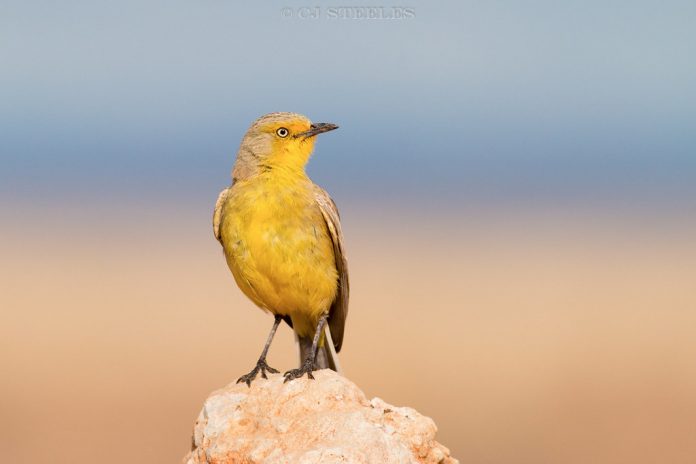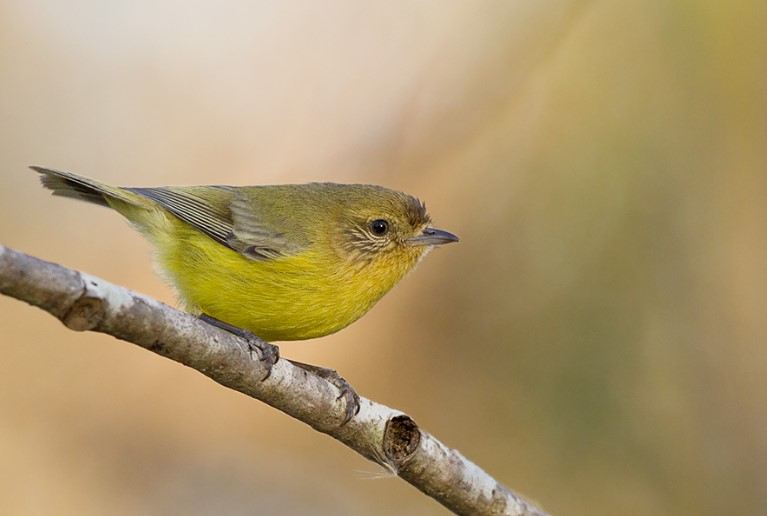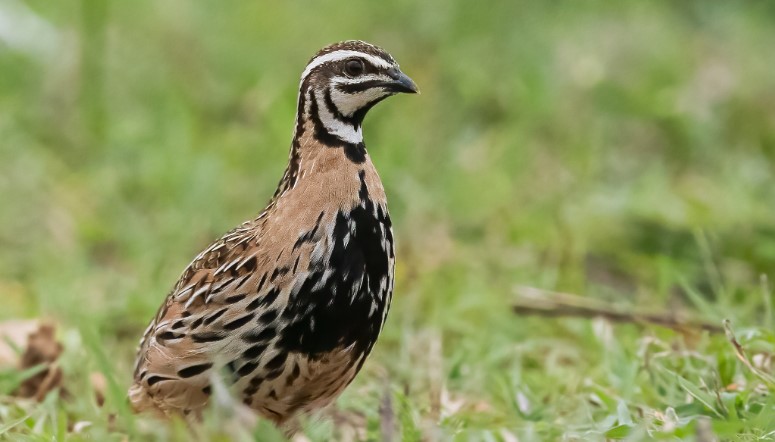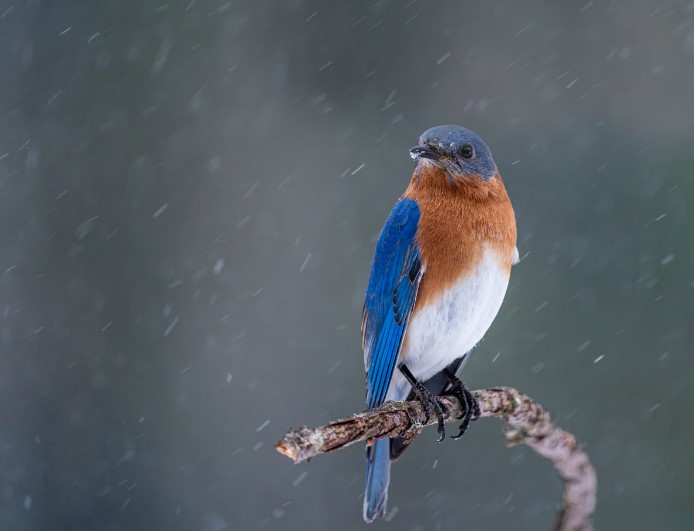Description:
Gibberbirds are unique among chatterbirds. It is a beautiful Australian bird, performed during the breeding season, probably by the male. The gibberbird rises almost vertically in steps to more than 30 meters. During the short upward part of each step, a high, piercing weet, weet, weet is uttered. At the top of its ascent, the bird falls directly to earth, almost at the same spot from which it arose.
Habitats:
Gibberbirds are also unique in their habitats and habits. Living on the exposed, waterless gibber plains in the driest, most irradiated part of Australia—the Lake Eyre basin They are Australia’s most complete desert bird. How they cope with those extreme conditions is not known. They belong to a group of birds that need to drink regularly to maintain body fluids, yet they can hardly drink themselves unless they harvest dew. They pant in the shade of rocks and bushes on hot days, cooling by evaporation from their mouths, but this results in water loss.
To compensate, they may have lower metabolic rates than even orange chats. Gibberbirds are not great wanderers, but nomadism is a strategy used by other chats to escape environmental deprivation. They may shift about locally, but hardly ever do they range beyond the Lake Eyre basin, only moving a little south in years of extreme drought or floods.
Feeds:
Among Australian chats, gibberbirds are also complete ground dwellers, feeding, roosting, and nesting there. In ones, pairs, or small, loose groups of up to 10 or so. Hence, they walk and run among gibberstones, picking up spiders and insects: beetles, caterpillars, moths, cicadas, and grasshoppers. Sometimes they run swiftly after low-flying prey or leap into the air to snap up any passing overhead, and they pick up blowfly larvae that drop off sheep.
Movements:
Moving from point to point, they fly rapidly low over the ground, undulating and zigzagging this way and that, a habit shared with other chats, but with their tails often held down in the manner of pipits. To land, moreover, they pitch not onto the top of a bush but onto the ground or a stone, peering about and teetering up and down, also like a pipit.
Breeding:
Nesting is often loosely colonial, with two or three pairs nesting within 100 meters or so. Both sexes nest-build and incubate the eggs; on hot days, the brooding bird may spread its wings to shade the young. The sitting bird usually performs a distraction display if an intruder approaches the nest.
It runs or crawls along in a crouched position with wings spread and drooped close to the ground, covering the legs. It flops over large gibbers, sometimes rolling its body from side to side. If it stops to face the intruder, it may fluff out its yellow breast feathers.

Other Names:
The other names are Desert Chat, Gibberchat, and Gibberbird.
Length:
Gibberbird’s average size is about 125–130 mm.
Identification:
MALE: Crown gray, the center of feathers with dark mottling; back and rump gray-brown with dark mottling. Wings are dark gray-brown, with flight feathers with pale edges. Tail dusky, with white tips on the inner webs of all but the central pair of feathers. The forehead, lores, eyebrows, face, and underparts are yellow, suffused lightly gray-brown on the breast and flanks. Eyes are white to yellow. Bill, dark brown to black. Feet are gray-brown to brown. No eclipse plumage. The female is similar to the male; browner above and breast band heavier. The immature bird’s crown, back, and wings are buff-brown; the throat is pale yellow; the breast is buff-brown; and the belly is yellow. Bill is horn shape.
Vocalizations:
Call and Song: The Gibberbird call is musical chatter, probably in contact. The alarm calls a series of five or six high, piercing notes. The Gibberbird song consists of squeaky weet, weet, weet, uttered during song-flight.
Nesting:
Breeds June–December; at other times following sufficient rain. Nest a cup about 60 cm in diameter and 40 cm deep; of dry grass, twigs, and rootlets; built-in depression in the ground, sometimes scratched out by the birds; lined with fine rootlets and fine dry grass; and often with up to a 10 cm wide platform of dried material extending out from the lip of the nest; sometimes placed in the shelter of a low bush.
Eggs: The bird lays two-four white eggs, sometimes with a pink tinge, and spotted olive-brown, red-brown, and pale-gray; oblong-oval, about 20 x 15 mm. Incubation by both sexes
Distribution:
Gibberbird is locally fairly common on the sparsely vegetated stony plains of Lake Eyrebasin and adjoining regions. It is mostly sedentary, though there are some local movements in the non-breeding season. No races.







